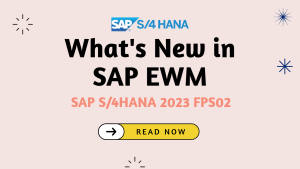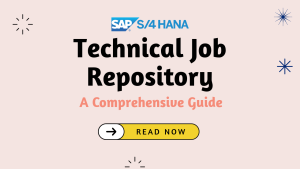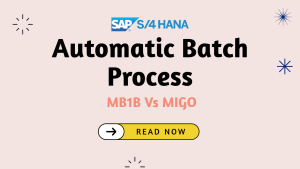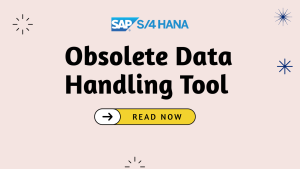SAP EWM for SAP S/4HANA 2023 FPS02 introduces enhancements across various functionalities to improve warehouse efficiency and integration. Advanced Shipping & Receiving features automated wave creation for freight orders and enables outbound ‘streaming’ for a more flexible loading process.
Integration improvements include service order management integration for better tracking of service order components and support for quality certificates in goods receipt posting. Production enhancements include a goods movement API for nJIT processes, support for JIT call-triggered supply to production for component group materials, and the ability to assign multiple bins to a production supply area for repetitive manufacturing.
Usability features enable serialized returnable packaging materials, provide RF transactions for loading and unloading by container ID, and allow extending warehouse monitor nodes with customer-specific fields. Finally, continuous improvements include support for inbound and HU tasks via distribution equipment, a reverse goods receipt process for handling units from production, and a simplified migration process for LE-WM data using an XML file.
Table of Contents
SAP EWM for SAP S/4HANA 2023 FPS02
Here are the key enhancements introduced in SAP EWM for SAP S/4HANA 2023 FPS02 and how they improve warehouse management:
Advanced Shipping & Receiving
- Automated Wave Creation for Freight Orders: This enhancement introduces feature parity with the existing functionality for transportation unit (TU) based wave planning. It enables automated wave creation for outbound delivery orders assigned to a freight order, allowing for one or multiple waves depending on the wave template determination. The automated wave creation is particularly useful for Advanced Shipping & Receiving (ASR). It can be executed for transportation planning types E and F and used for both order-based and delivery-based freight order planning. This automated process improves efficiency by reducing manual effort and streamlining the wave creation process.
- Outbound ‘Streaming’ Process: Prior to SAP S/4HANA 2023 FPS02, the outbound process in Advanced Shipping & Receiving only allowed loading to begin when the entire Outbound Delivery Order (ODO) was set to “Ready for Shipping”. With this release, it’s now possible to load individual handling units even if not all items/HUs of an ODO have been picked, packed, or staged. This enhancement allows for a more flexible start of loading, decreasing the total lead time and preventing overcrowding in goods issue zones.
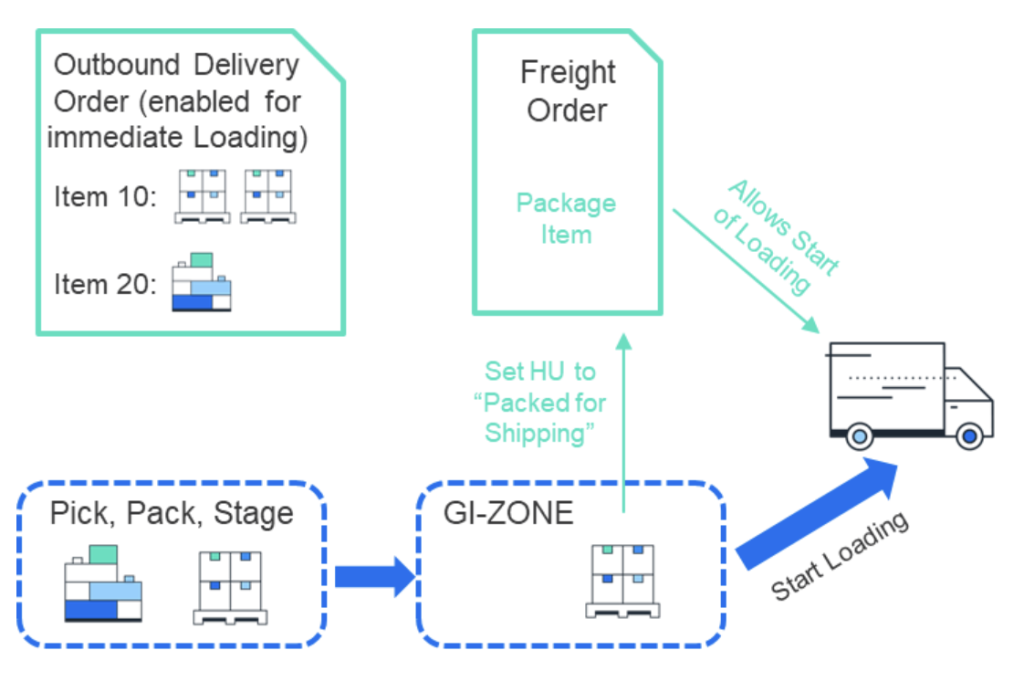
Integration
Service Order Management Integration: This integration enables efficient tracking of service order components in an EWM-managed storage location. Users can find EWM Outbound Delivery Orders based on the Service Order number and display multiple ODO items for multiple Service Orders in the warehouse monitor. This integration provides better visibility and control over service order components within the warehouse.
Quality Certificates in Synchronous Goods Receipt Posting: This enhancement allows for the processing of Quality Certificates with Synchronous Goods Receipt posting. Users can record Q-certificate receipts in the MIGO transaction, certifying the quality of goods and recording essential information like chemical and physical properties, inspection results, and batch characteristics. This streamlines the goods receipt process and ensures the quality of incoming materials.
Production
Goods Movement API for Component Groups in combination with nJIT: This new API in EWM enables the posting of goods movements for nJIT processes without requiring warehouse requests. It supports various goods movements, including combined goods movements, goods movements in IM-managed storage locations, goods movements in EWM for S2P/S2C stock, GR of HUs in EWM for normal and S2P/S2C stock, and more. This API simplifies the integration of nJIT processes with EWM, making goods movements more efficient.
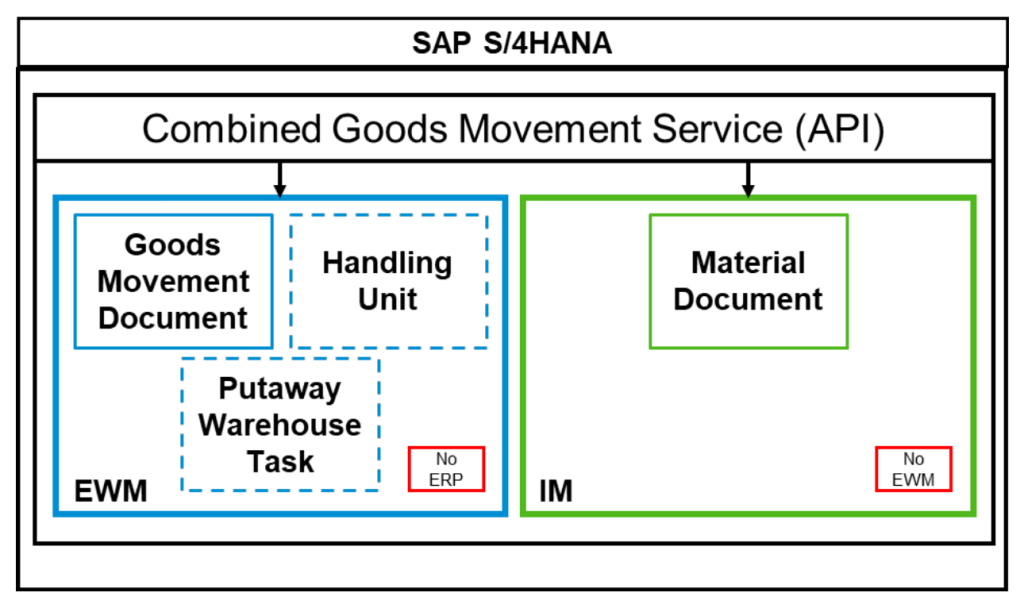
JIT Call-Triggered Supply to Production for Component Group Materials: This enhancement addresses scenarios where vendors deliver grouped materials/components that are moved directly to the production supply area (PSA) upon receipt. It introduces the use of Component Group Handling Units to represent all raw materials/components and a new special stock category, Supply to Production (S2P). This simplifies logistics document handling and improves performance.
Assign Multiple Bins to a Production Supply Area: Building on the functionality released in SAP S/4HANA 2023 FPS01 for Process Order manufacturing, this enhancement enables the assignment of multiple bins to a PSA for Repetitive Manufacturing (REM). This allows for MES-driven staging for REM and follow-on scenarios like consumption triggered from an MES. Users can define multiple storage bins for a product, party entitled to dispose, and PSA using the apps “Assign Bin to PSA” and “Assign Multiple Bins to PSA”. This flexibility improves space utilization and efficiency in the PSA.
Usability
Enable Serialized Returnable Packaging Materials in EWM: This enhancement allows stock-managed package materials to be managed with serial numbers in SAP EWM. This supports circular logistic flows for returnable and reusable packaging materials and enhances integration with SAP RPM (Returnable Packaging Management).
Loading & Unloading by Container ID in RF: New RF logic transactions “Loading by Container” for outbound processes and “Unloading by Container” for inbound processes are introduced. These transactions allow users to scan external container numbers, specify loading points, and specify freight orders, simplifying the loading and unloading process using RF devices.
Extend Warehouse Monitor Node by Customer Specific Fields: This enhancement allows users to extend warehouse monitor nodes with custom-specific fields and use these fields in the warehouse monitor selection. Supported nodes include Inbound & Outbound Delivery Order, Production Material Request, Posting Changes & Stock Transfer, and selected nodes for Handling Units. This customization capability provides users with greater flexibility and insight into their warehouse operations.
Continuous Improvements
Support of Inbound and HU Tasks via Distribution Equipment: This enhancement allows for the execution of an HU task without a predecessor WMR via the distribution equipment. It supports the putaway of semi-finished or finished products and ad-hoc loading to distribution equipment when unloading has already started. This functionality streamlines processes related to distribution equipment.
Reverse Goods Receipt for Handling Units from Production: This enhancement focuses on reversing goods receipts for handling units from lean manufacturing, particularly packed stock. It allows for the cancellation of delivery-based GR for HUs after putaway with or without LE deliveries, with or without open inspection lots. This reversal process is available as a service (internal API) for customer use. This feature enhances flexibility in handling goods receipts and provides better control over inventory.
Migration of LE-WM Data Using an XML File: This enhancement simplifies the migration of LE-WM data to S/4HANA EWM. Users can download LE-WM warehouse bins and stocks into an XML file formatted for processing by the SAP S/4HANA Migration Cockpit. The Migration Cockpit also provides simulation capabilities to identify and resolve potential errors. This streamlines the data migration process and reduces the risk of errors during migration.
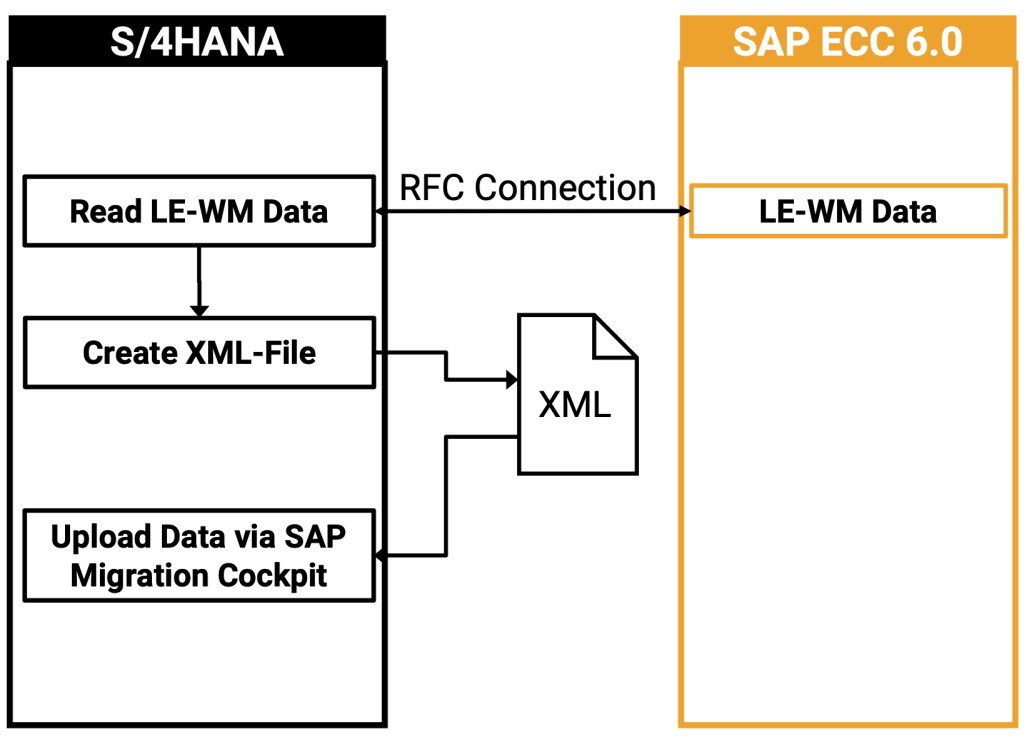
Conclusion
These enhancements in SAP EWM for SAP S/4HANA 2023 FPS02 demonstrate a focus on improving warehouse efficiency, flexibility, and integration with other modules like production and service order management. The enhancements cater to various aspects of warehouse management, from inbound and outbound processes to production supply and quality management, ultimately aiming to optimize warehouse operations and support modern warehousing needs.
